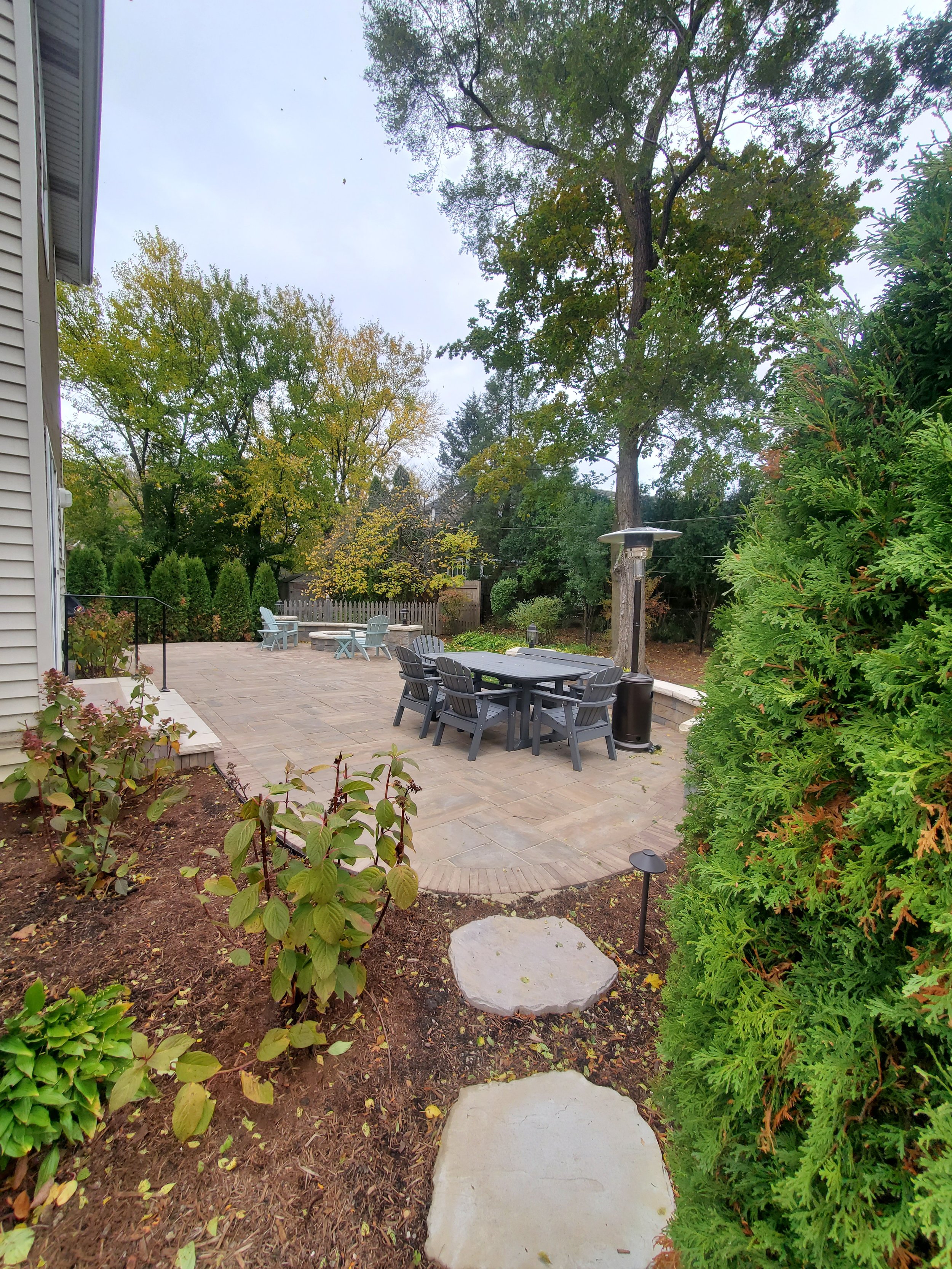IIn the lush, vibrant community of Arlington Heights, IL, the significance of a well-maintained landscape cannot be overstated. It's not just about enhancing visual appeal; it's about creating a sustainable, healthy environment for your plantings to thrive. Among the myriad of landscaping practices, mulching stands out for its multifaceted benefits. Masterful mulching techniques not only conserve moisture and suppress weeds but also add a finishing touch to your landscape's aesthetic. Here’s how expert “landscapers near me” employ mulching to transform and protect your outdoor spaces.
Understanding the Importance of Mulch
Mulch is more than just a decorative layer in your landscape; it plays a crucial role in maintaining soil moisture, regulating soil temperature, and preventing weed growth. By acting as a barrier, mulch reduces the evaporation of water from the soil, minimizing the need for frequent watering. During hot summers, this can be especially beneficial. Additionally, mulch helps insulate the soil, protecting planting roots from extreme temperature fluctuations, which is vital for the survival of your landscape through the changing seasons.
Selecting the Right Mulch
The choice of mulch can significantly impact the health of your landscape. Organic mulch, such as wood chips, bark, straw, and grass clippings, not only improve the soil's fertility as they decompose but also foster a vibrant ecosystem within your landscape. Inorganic mulch, like stone or rubber chips, might not enrich the soil, but they offer durability and a distinct aesthetic. Landscaping professionalscan help you select the right type of mulch based on your landscape's specific needs, ensuring that your plantings receive the optimal benefits.
Applying Mulch Correctly
The technique used to apply mulch is just as important as the type of mulch selected. A uniform layer, typically 2 to 3 inches thick, is ideal for most applications. However, it's crucial to avoid piling mulch against planting stems and tree trunks, as this can lead to moisture retention against the bark, potentially causing rot and inviting pests. Expert landscapers are skilled in applying mulch precisely, ensuring adequate coverage without compromising the health of your plantings.
Timing Mulch Application
Timing is a critical factor in mulching. Early spring, after the soil has warmed up, is often the best time to apply mulch. This helps to suppress weeds and retain moisture throughout the growing season. However, adding a fresh layer of mulch in the fall can provide additional insulation for planting roots against the cold winter ahead. Landscaping professionals understand the local climate and seasonal changes, allowing them to advise you on the best times to mulch your landscape for maximum effect.
Mulching for Soil Health
Beyond its immediate benefits, mulching plays a long-term role in enhancing soil health. Organic mulch gradually breaks down, contributing organic matter to the soil. This process improves soil structure, enhances nutrient availability, and encourages beneficial microbial activity. Landscaping experts can recommend the best type of organic mulch for your soil type and landscape needs, ensuring that your landscape remains not only beautiful but also biologically rich and healthy.
Related: Why Landscape Contractors Encourage Lawn Care As A Top Priority In The Winnetka, IL Area


